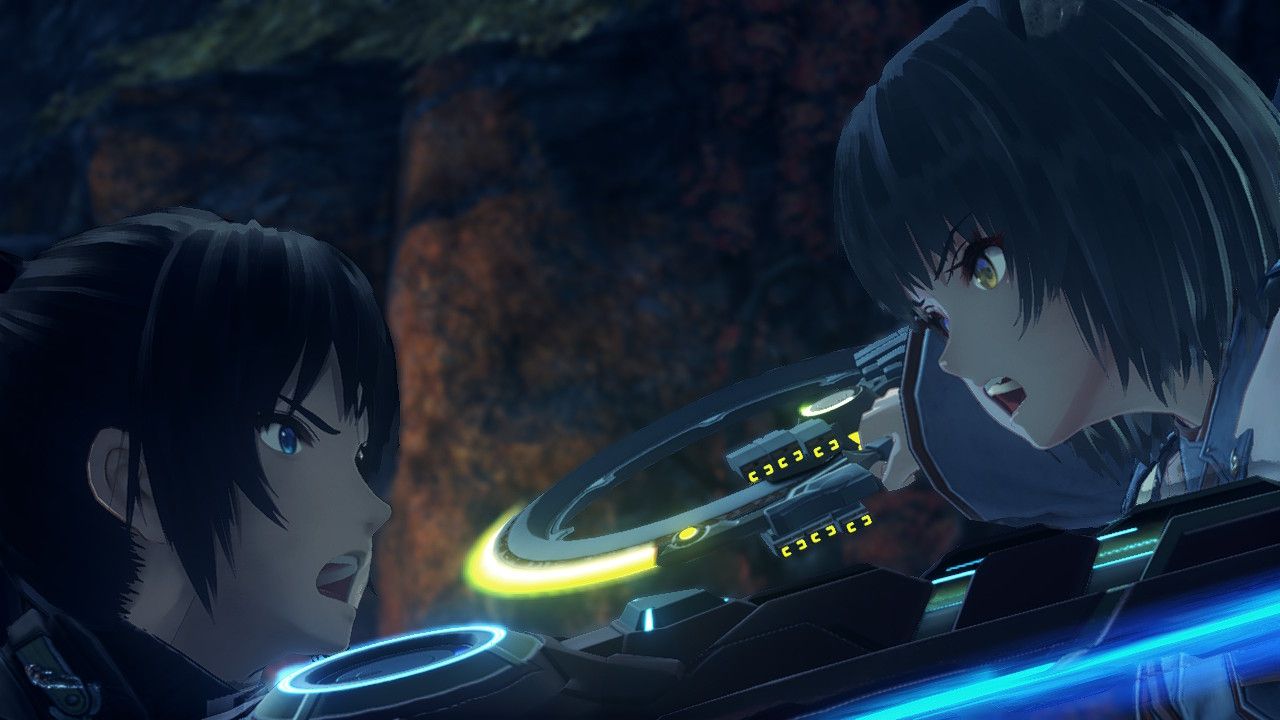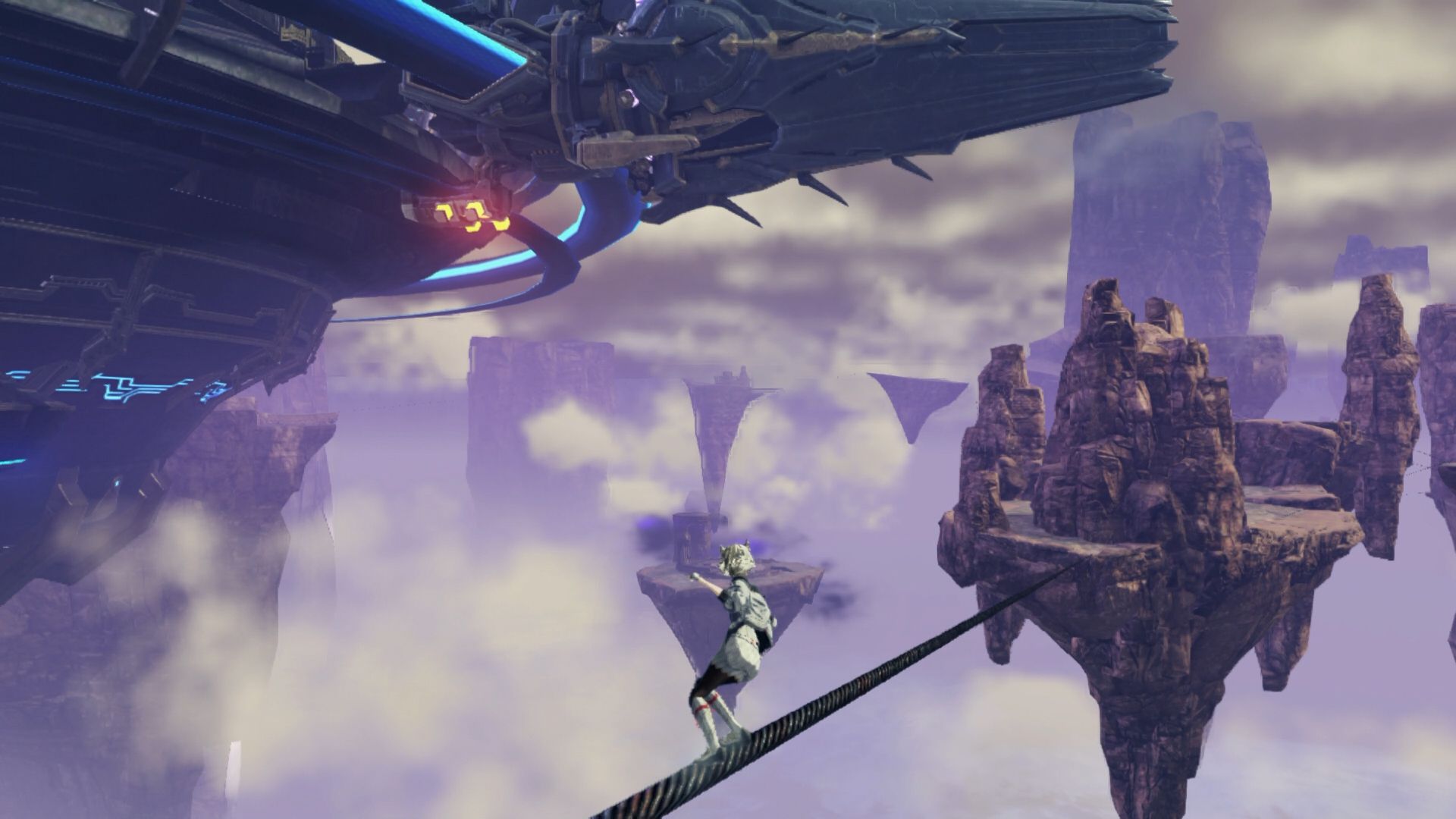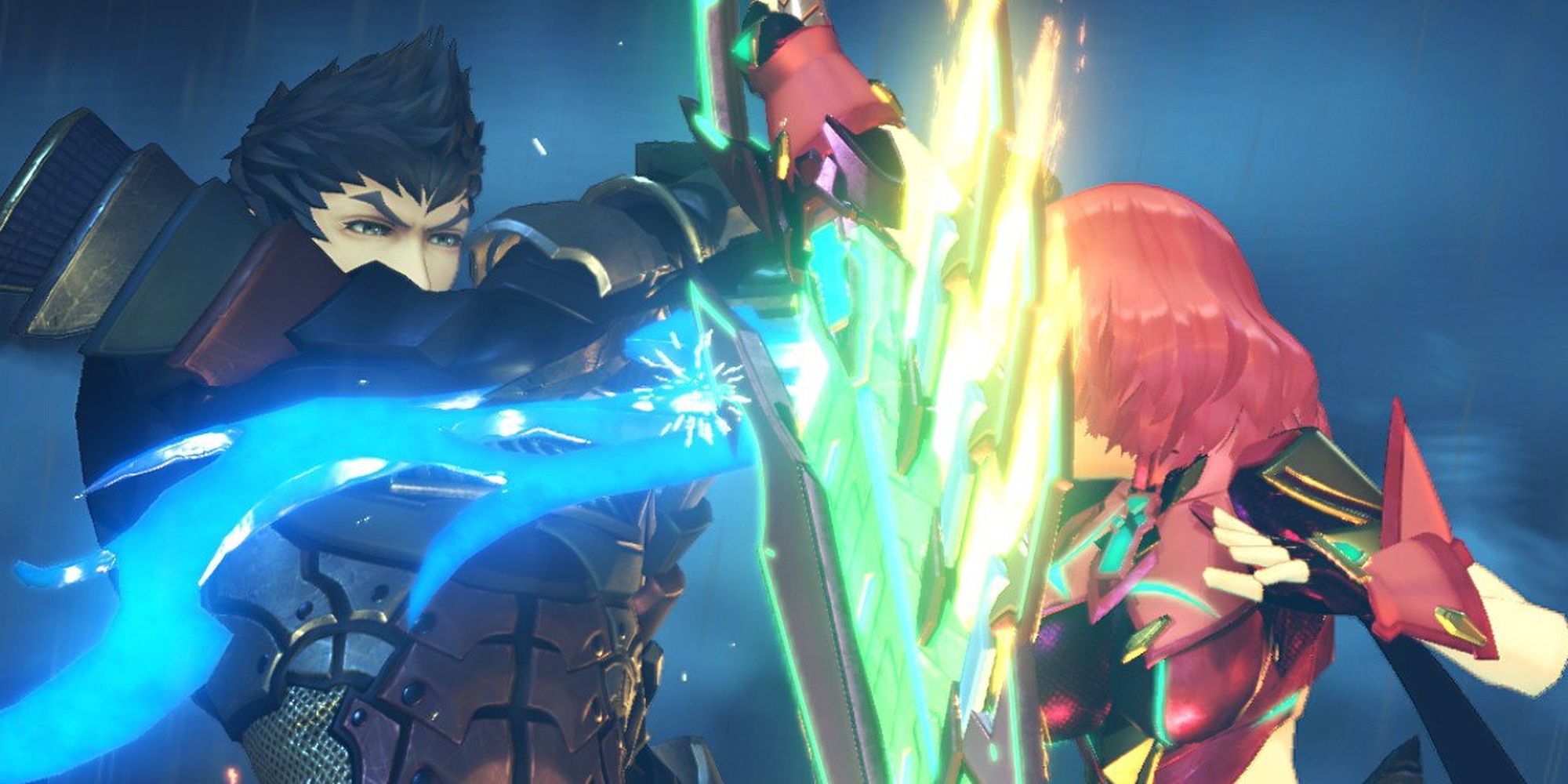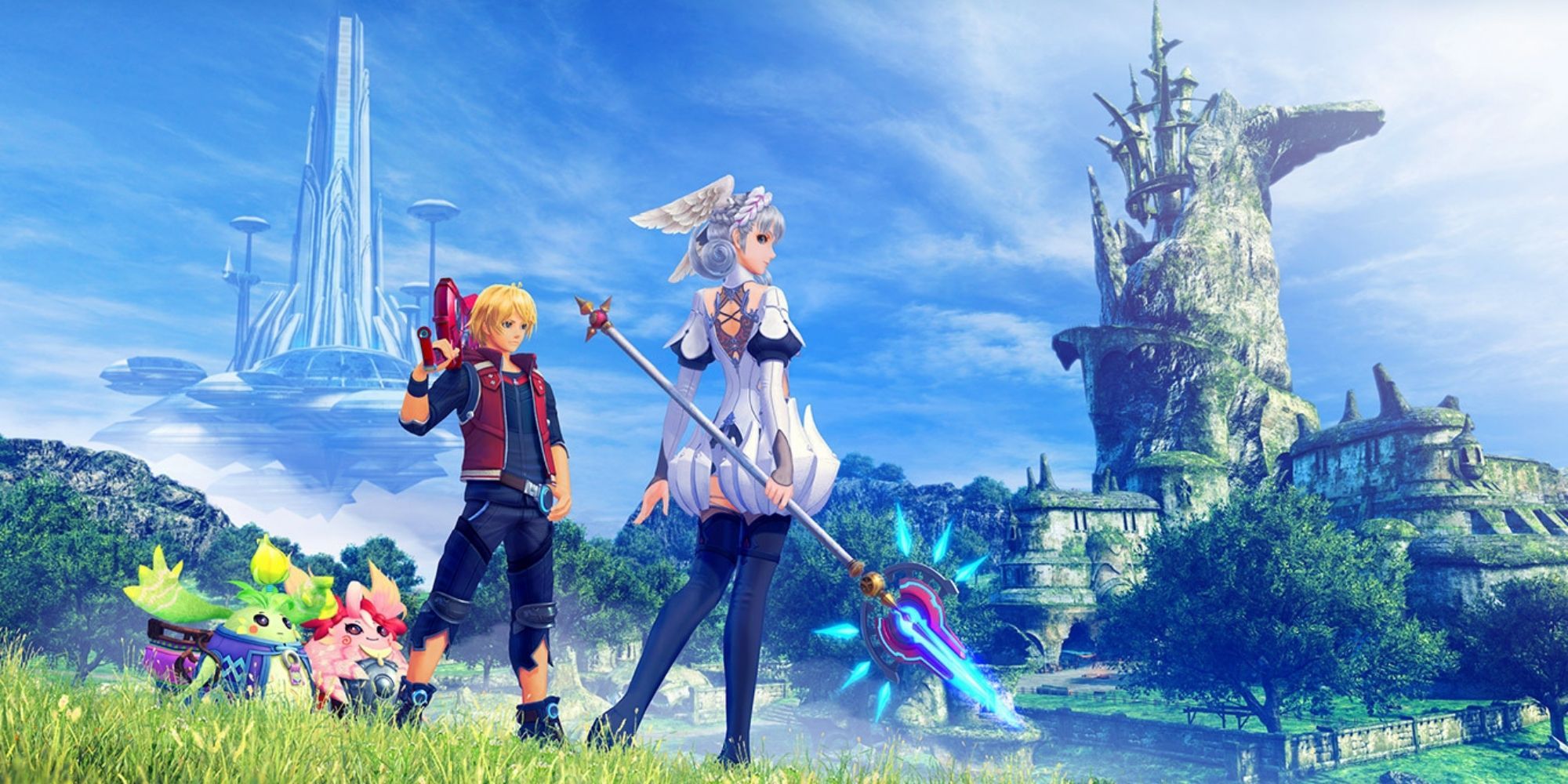Naoki Yoshida has said that creating a true open world Final Fantasy game in the modern era would take 15 years, and thus just isn’t possible when you take into account the work, resources, and ambition required in bringing it to life.
I suppose I get it - Final Fantasy is a big budget blockbuster focused on innovative gameplay mechanics and visual fidelity often known for pushing the medium forward. Square Enix would rather champion those qualities instead of creating an inconsistent open world that players are keen to poke holes in and pull apart. As a result, Final Fantasy 16 will be a relatively linear affair with larger areas for players to explore while progressing the narrative, and I imagine the same will be true for Final Fantasy 7 Rebirth.
The series has changed with the times and hasn’t really had an open world in the traditional sense since Final Fantasy 15 - and even that was split into multiple regions that weren’t fully available until several hours into the game. The days of world maps that grow and mature alongside the player’s journey are long gone, and here I was hoping future entries would seek to remedy that absence. It will to some extent, but it’s a shame that Final Fantasy has resigned itself to a singular vision that seeks to leave its legacy behind.
Monolith Soft first envisioned Xenoblade Chronicles as a return to former glory for the genre as it set out to create the greatest JRPG ever made. It felt these sorts of games had lost their way, focused on linear spectacle and franchise appeal instead of allowing players to lose themselves in inviting new worlds and magnificent stories. While it took a lot of effort on behalf of fans to get these games released outside of Japan, by the end of it all I think it succeeded in its mission.
I’m personally not a huge fan of the first entry, much preferring those that came after, but it’s seen by many as a fondly remembered masterpiece. 2, 3, and X would all build upon its foundations with equally massive settings and memorable new characters for us to fall in love with. The formula was set, and the series has since become one of Nintendo’s biggest draws. I adore them with all my heart, and it could easily be argued that they now fill a void that Final Fantasy has long left abandoned.
When I think back to my childhood spent with the series, the places they depict seem almost unimaginable. All drenched in a fictional culture so comprehensive you can almost reach out and touch it. Of course, loads of games like this still exist and find success, but when it comes to major publishers they only pull punches that are guaranteed to make an impact. This means pulling back on more obscure elements, saving those for remasters or sequels with a far more modest budget. Valkyrie Elysium and Star Ocean, here’s looking at you.
Xenoblade Chronicles has already proven time and time again in the modern landscape that visual beauty and mechanical depth are more than possible with an open world. If anything, it makes such a feat look easy. Let’s take the world of Aionios in Xenoblade Chronicles 3, for example, which offers a vast amount of biomes with varying cultures and topography. It also encourages the player, asking them to explore far beyond the main campaign in search of optional battles and missions that only serve to make it feel even larger. Every colony you stumble across is filled with people to speak with and quests to embark upon, while the world itself is fraught with creatures that for decades have called it home. Few games manage to depict worlds that feel like they exist without our input, and Aionios is one of them.
Clear compromises are made regarding resolution and performance, but these result from the platform, not the overall design of Xenoblade Chronicles 3. Its world is stunning, never once unfettered in its ambition when it comes to pulling us into every new discovery. I’d much rather a world unlike any I’ve seen before pull me in and refuse to let go have a handful of technical drawbacks if the end result is worthwhile, and this series has proven that each and every time I’ve surrendered myself to it. Compared to Final Fantasy 13 or 15, the difference is clear, with Xenoblade managing to weave together an overarching mythology across multiple games defined by worlds that all feel unique and worthwhile. None of the depth is lost, if anything further nuance is made possible because it’s so monolithic.
I care about these characters and their plight because I’ve travelled so far with them, able to take a step back and acknowledge how far we’ve come both physically and mentally together on this journey. When a game is little more than disparate areas split apart by cutscenes and loading screens the illusion is much harder to maintain. Whenever a boss battle or narrative revelation occurs in Xenoblade you are given control right where everything left off. Banter continues and XP is earned as the adventure continues.
It bears an old school mentality, but also a modern understanding that JRPGs never grew old or went out of style, the medium just decided that it needed to evolve into something entirely different instead of iterating upon what we already have. This genre is often one where the majority of masterpieces come with evident shortcomings, but so long as the world design, characters, and battle system shine through, all can be forgiven.
Xenoblade Chronicles 3 is a clear sign that open-world JRPGs are more than possible, and its relative vastness has far more depth than contemporaries that seek to simplify things in exchange for cinematic visuals and overly concise gameplay systems. It’s a masterpiece, and one that takes from the past as much as it looks confidently towards the future.

.jpg)



